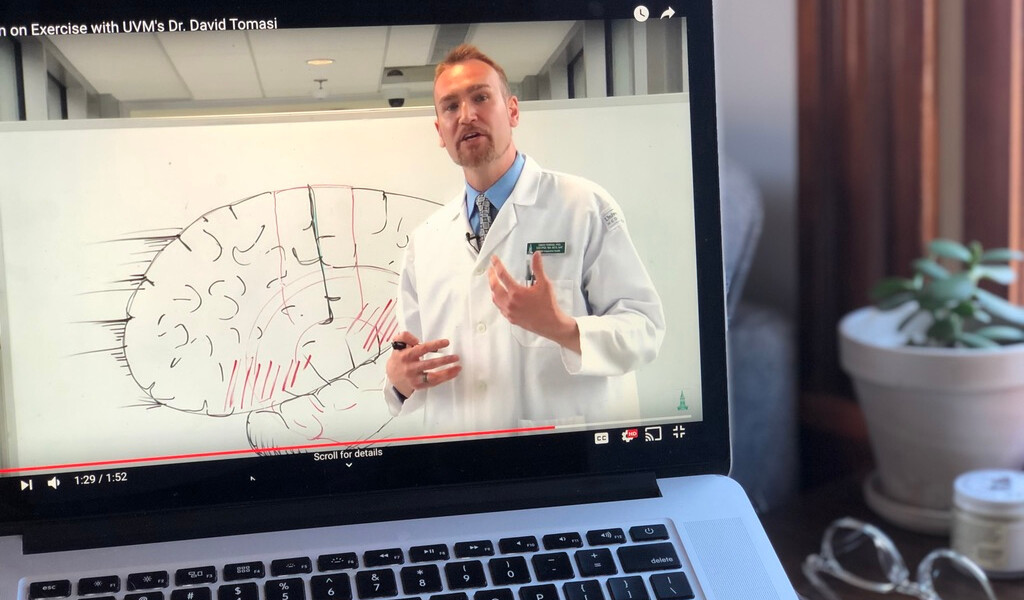By Lee Maxey
Experience is not what happens to a man. It is what a man does with what happens to him.
-Aldous Huxley
Growing up, most of us operated according to the standard paradigm of the school year calendar. When I was in school, that meant September through June. In the next few weeks, millions of school children and college students will have returned to school, perpetuating the paradigm that learning occurs according to a structured series of activities along a defined timeline.
Give Us a Break (from what?)
Most kids (and teachers) need a break from the rigor of the classroom routine, but that doesn’t mean they need a break from or actually stop learning. An overnight trip to the mountains as part of a summer camp session or family outing will expose you to a complete ecosystem of animal and plant life, an experience that cannot be replicated in any textbook assignment. From a slightly different perspective, a summer internship at a local theater company is going to teach you more about how theater operations are run than even the best case study.
In other words, learning as part of a real-life event enhances the experience and the outcome. It really should be the way we learn all the time. Then we might not need that much of a break.
Addressing the Gap
At MindMax, we spend a lot of time working to make learning more accessible to a broader range of learners. We also spend a good amount of time talking to our partners in higher education and to members of the corporate learning community about the gaps between business and higher education. Through these conversations, we have come to realize that there is a very strong desire on the parts of both entities to better understand what the need is and how it can better be met.
Relevance is a key issue in both secondary and post-secondary education. In its 2011 report “Pathways to Prosperity,” the Harvard Graduate School of Education noted the nearly one million students who leave high school each year, citing the large number of students who drop out because “they didn’t believe that high school was relevant, or providing a pathway to achieving their dreams.”
The report also pointed to the large college dropout rate and called the return on investment for the $400 billion spent annually on post-secondary education “inconsistent.” The report indicated that, “It is time to widen our lens and to build a more finely articulated pathways system—one that is richly diversified to align with the needs and interests of today’s young people and better designed to meet the needs of a 21st century economy.”
The pathways considered include robust employer involvement in career preparation at the middle and high school levels, and the allocation of a portion of the more than $400 billion annual spend on employee training to preparing young people for their future.
Getting employers involved earlier, and not merely for the purposes of direct recruiting, but instead as a part of an ongoing educational process, has interesting implications.
What is the Path Forward?
As is the case with most complex issues, there isn’t a single answer to more effectively preparing our young people for the future world of adulthood and employment or for dealing with the skills gap that continues to ail our economy.
But relevance is a good place to start, especially as we start a new school year.
-Lee Maxey is the CEO of MindMax, a managed services marketing and enrollment solutions company working with UVM. Click here to read more of Lee’s blog posts.




